We’re all trying to get a grip on how to feel more centered these days.
The barriers between home, rest, work, productivity, and our communities are blurry beyond recognition, and we’re all feeling the weight of the last brutal year and a half. At Elephant, many of us pour ourselves into writing, or art, or meditation to deal with it all—and most of us find solace in our sacred yoga practice.
And if you’re a yoga enthusiast too, you know that what’s in your mat, matters. Also, does it keep still while you move? Does it support your joints? Does it stop you from slipping and sliding? Is it aesthetically pleasing?
All of these factors are key to the functionality and depth of our practice, which is why half of our herd of Elephant editors have fallen in love with the stunning, artisan-designed, no-slip mats at Yoloha. They introduce artwork to your floor with their hand-painted designs, but there’s so much more to the fiber of their integrity than what meets the eye.
With their latest, most eco-friendly plant-foam mat collection, they’ve achieved the eco-unthinkable—a mat made with 70% sustainable materials, thanks to plant foam. Plant foam derives from the mills of Centre—South of Brazil with zero tolerance towards deforestation, guaranteed by the independent international certifiers of RenovaBio, and it just so happens to make sturdy, slip-less mats that a few of our editors fell hard for.
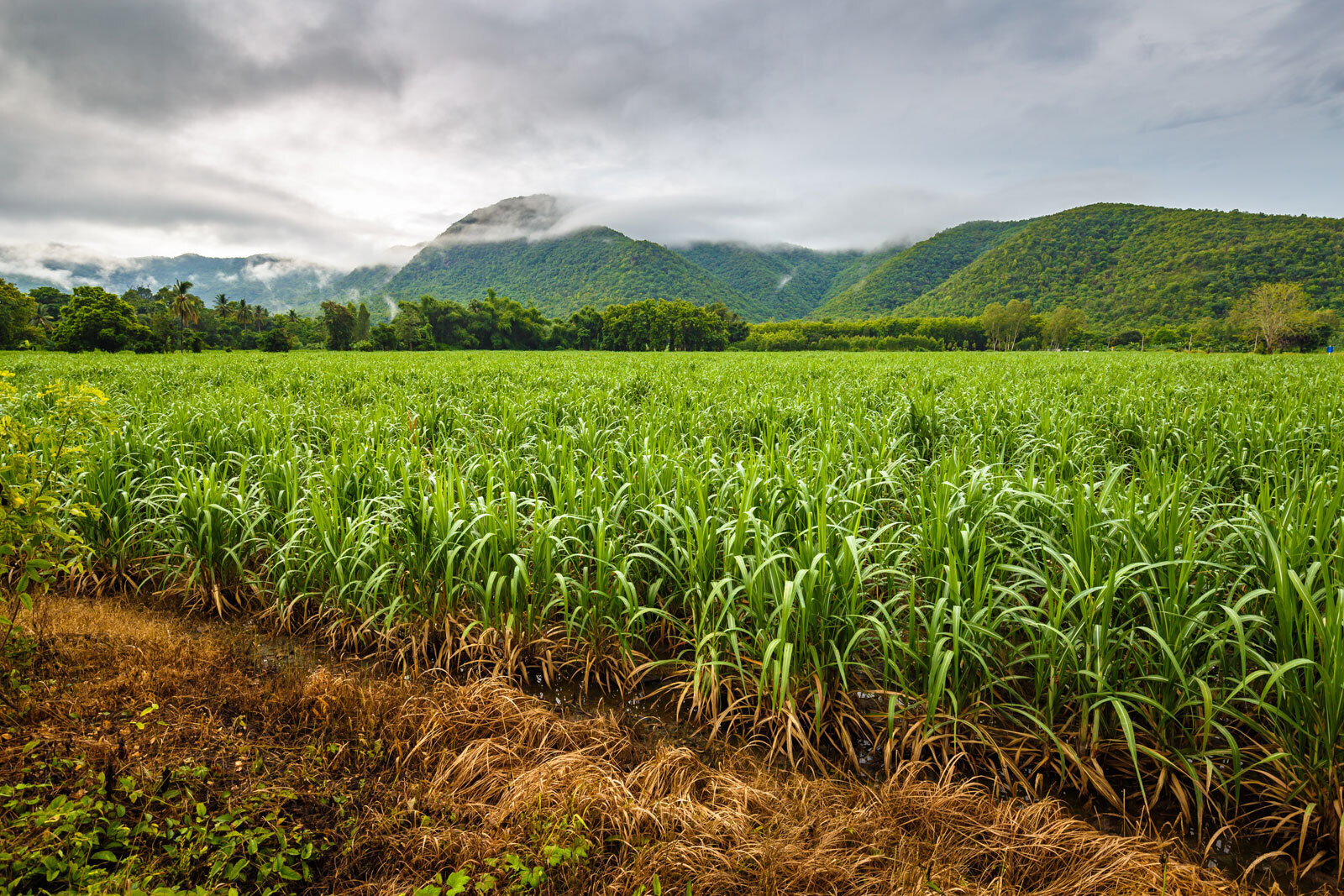
Take it from yoga instructor / Elephant Editor, Rasha:
“If someone had told me that I’d spend the majority of my time in 2020 isolated at home, with the biggest highlight of my day remembering to walk from my room to the living room and back to the kitchen, I’d say they were losing their mind.
It was supposed to be the year I’d backpack across South East Asia for three months, attending my second yoga teacher training, a Thai massage course, a Vipassana, or silent retreat, in Plum Village in Northern Thailand, where Thich Nhat Hanh’s students had taught for years, and sipping sweet coconut water of off an actual freshly-picked coconut, and not some random box with a plastic straw that I picked out from a superstore shelf.
To say it has been quite an unpredictable adventure is an understatement—and not always in a good way.
But amidst all the chaos: an uncertain future, a looming economic crisis, an uproar in political and social justice issues, the constant anti-vaxxers drama, and all the crazy news around the Middle East where I had lived for 31 years, I still decided to pack my belonging and relocate miles and miles away, across continents and oceans, to a new place where I am hoping, one day, to call home.
And yet, if there’s one thing I am grateful for in 2020 and 2021, it would be the gift of rest, slowing down, decluttering, and having more time to myself.
When we went into full-lockdown and yoga studios were forced to shut down, it also meant I lost my ability to teach the one thing I loved to share with people, and that was the gift of moving our bodies together while holding a safe space with one another.
But when the inevitable stillness that came with spending most of our days at home came, I realized how much noise we are surrounded by every single day. The car horns, the incessant chatter, the loud music, people’s energy, the need to fill in silence, even when it isn’t required—they all take a toll on our mental wellbeing.
That’s when I decided to go deeper and deeper and develop a sense of introspection by sitting with my heavy thoughts and emotions.
These are nothing new to yoga. In fact, self-study and personal reflection are among the essential eight pillars of yoga, besides the physical and breathwork aspects.
As someone who is an on-and-off, half-ass dedicated yoga practitioner, I personally value the importance of space in relation to cultivating a good practice. I mean, sure, we could practice anywhere, anytime, wearing any piece of clothing we choose (or we could even practice naked if we want). But personally, I’m a big fan of rituals, and an essential part of that ritual is setting up my own yoga space, which includes carefully rolling out my mat, on the floor, placing a block or two beside me just in case, and a cushion to sit on to do a bit of breathwork before I move into the physical aspect.
Over the years, as a result of my own yoga practice, and as a perk of working for an ethical company (the one you are reading right now), becoming mindful of where I spend my money and what businesses I choose to support have become tremendously important. I love supporting local mom’s and pop’ and engaging with the owners about their passion and vision for their businesses. Basically, I am trying to say that supporting an ethical company is a win-win-win situation. It’s good for the local business, it’s good for me, and it’s good for our environment.
So when the opportunity came to try out a eco-friendly, locally-sourced yoga mat brand that is made from natural, earth-friendly materials, and is also non-slip and biodegradable, what’s not to like about it?
I thought, ‘Why not? Why would I say no?’
The thing I love the most about Yoloha’s new cork mat is how lightweight it is. I own a Manduka mat that I use for my heavier practice, but it’s hard to transport and carry around.
So it isn’t just good for the environment, but easy on the shoulders of someone who is as petite as me.” ~ Rasha Al Jabi, Ele-Editor
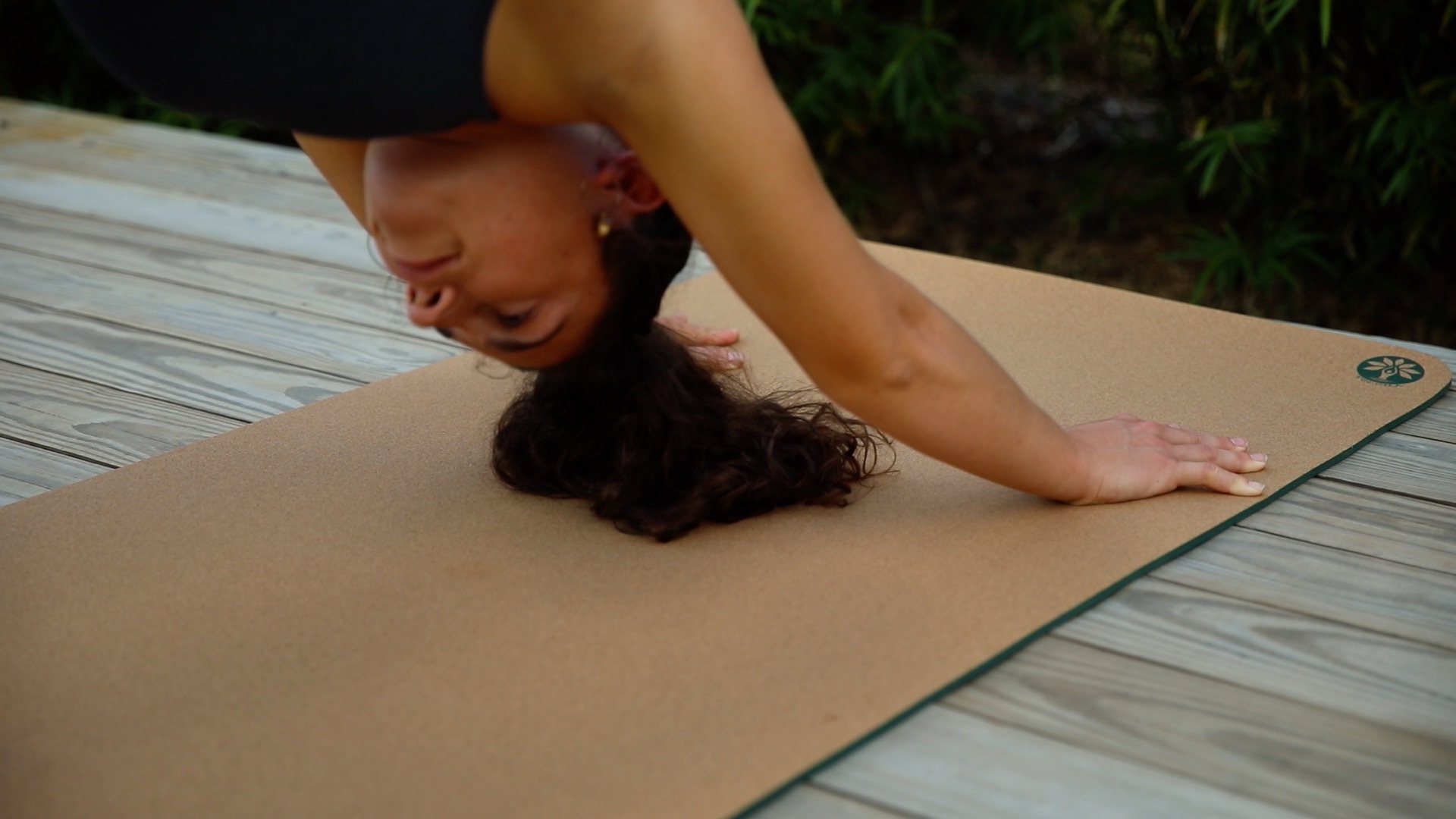
And yogi enthusiast / Elephant Co-Managing Editor, Nicole:
”When I first walked into a yoga class back in 2015, all I had with me was an old yoga mat and a lot of anxiety. I had just gone through a traumatic and unexpected breakup and cross-country move in a matter of two weeks and was looking for something positive and healing to focus my attention on. I had done yoga videos at home for years, but never with live instruction and community around me.
One of the first things I noticed as I walked into the studio was how every yogi presented themselves to the world: the yoga pants they wore, the way they styled (or didn’t style) their hair, and of course, the kind of mat they rolled out. The home they chose for the next 60 minutes. I can’t remember much about my first mat, except that it was the only one I could find at my parents’ house. It was thin and black (or maybe grey?) and worn out in some places. But it was just enough: enough to house my pain and my practice that day.
After a few weeks, I invested in a new yoga mat. It was teal and slightly padded, made out of only-God-knows-what material (rubber? plastic?), with a pretty mandala design in the center. While this mat got the job done, it wasn’t particularly absorbent, so I ended up buying some sort of fabric overlay that was meant to catch sweat and keep my mat from becoming a Slip ‘N Slide. That mat, even with all its faults, has served me well for the past few years. It’s offered just enough as my practice improved and then died out as I took time off for…well, life stuff. And it showed up for me again a few months ago when I recommitted to my yoga practice.
On an unbelievably hot and sticky Saturday back in June, I walked into a new yoga studio, my teal mat tucked under my arm. And like it had in the past, my mat was enough: enough for me to make it through a tough 60 minutes, enough for me to feel at home again. But what I’ve learned recently is that our mats can be more than just enough. Our mats can be our support. Our mats can be our safe place to fall, both physically and emotionally.
Back in July, I was asked to try out the new Aura Cork and Plant Foam yoga mat from Yoloha. The mat is their most eco-conscious and the description on Yoloha’s website boasts tons of buzzwords and phrases, like ‘70% renewable materials,’ “no sacrifice on grip,’ ‘antimicrobial surface,’ and ‘a win-win for the environment and your practice.’
While all this is true, what I found most enticing about this mat is how I feel when I’m on it. It’s thick and smooth and never smells, no matter how much I sweat—even when I’m dripping wet in hot yoga. I can feel the cushion beneath my feet and maintain my grounding to the earth. I can be inverted and upside down and know that my hands, my feet, my foundation won’t slip out from under me.
And as someone who is trying to take baby steps to be more environmentally friendly, using this mat helps me feel like I’m doing my part not to cause more harm. The mat also seems extra long when compared to my old mat, and can be a bit clunky to roll up and carry, so I’d recommend a bag or strap.
We all know that when you break yoga down to its simplest form, it has nothing to do with clothing brands, hairstyles, or what mat we use. But that doesn’t mean our mat can’t elevate our practice. It doesn’t mean it can’t be the kind of home we need when we’re healing, when we’re growing, when we’re trying to do better for ourselves and the world around us.” ~ Nicole Cameron, Ele-Editor
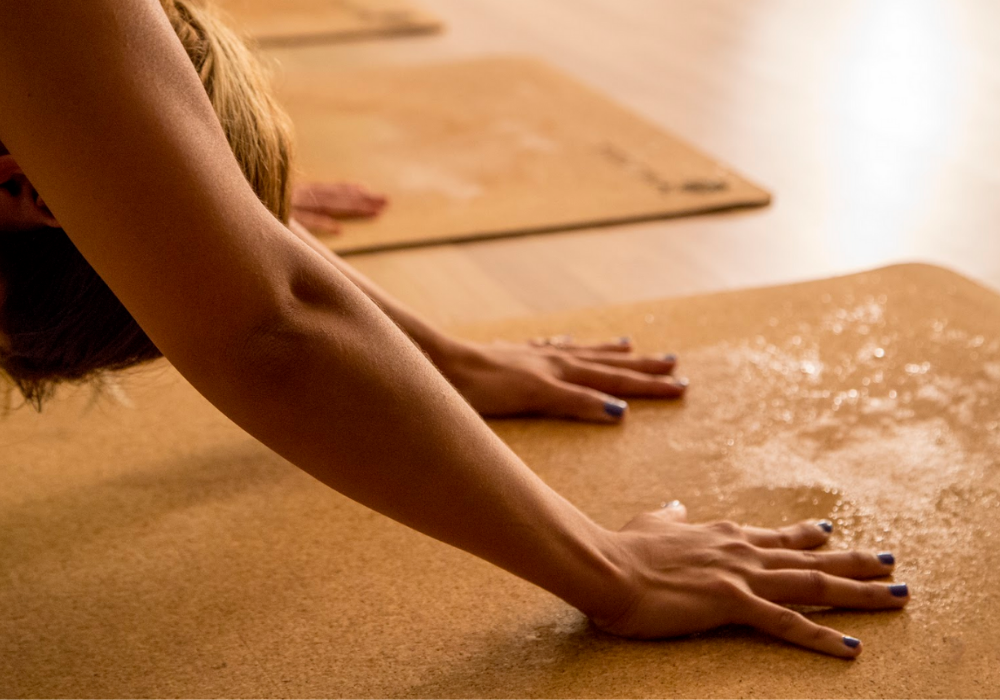
And Silent-Retreater / Elephant Editor, Katie:
“This was the retreat I was longing for—and my friends and family thought I’d gone nuts.
A silent retreat for six nights sounded like the most peaceful refuge for this mama who spends her days and nights by herself metaphorically singin’ songs of encouragement while spinning the fragile plates of children and life on wooden, wobbly sticks for all the world to see. I was to have my days preplanned with enriching activities, meditations, and talks—be full-on pampered in a beautiful woodland setting—until Covid hit and reality struck.
Instead, I would be spending the many hours at home upstairs in front of my laptop on my ‘popular’ but old, toe scratched, and ‘stanky’ recycled rubber yoga mat that I’d cover with a clean towel and meditation cushion while the plates kept spinning downstairs.
On the morning of the first day of my “retreat,” I was secretly happy not to have travelled anywhere, have my own food, and access to the comforts of home—except for my ol’ mat. To my complete surprise, the doorbell rang. The mat from Yoloha arrived. Seriously, on a Sunday! It was kinda magical—mind-blown.
As I unwrapped the package, the mindful care of everything inside was evident. No stinky-ness, no glossy, overly ‘shouty’ instructions were to be found. A thoughtful card, a sticker made from cork to share, and the mat bound with a simple solid paper band brought an easy smile to my face.
I was thrilled to begin my online adventure on this mat.
That week, I quietly practiced Chigong for the first time, yoga and meditation for the ump-teenth time, and intentional napping a few times—without ever noticing the mat—because it was that good. It did not recoil itself and wrap me like seaweed around a vegan sushi roll, smell, or take attention from where it should have been given. The Aura Cork and Plant Foam felt natural and that is the best compliment I can give. I “left” the retreat rested and renewed—ready to reset those crazy plates and mindfully recenter my world.
As they say, our mats are our mirrors and reflect how we show up—and the eco-conscious mat felt like home.” ~ Katie Fleming, Ele-Editor
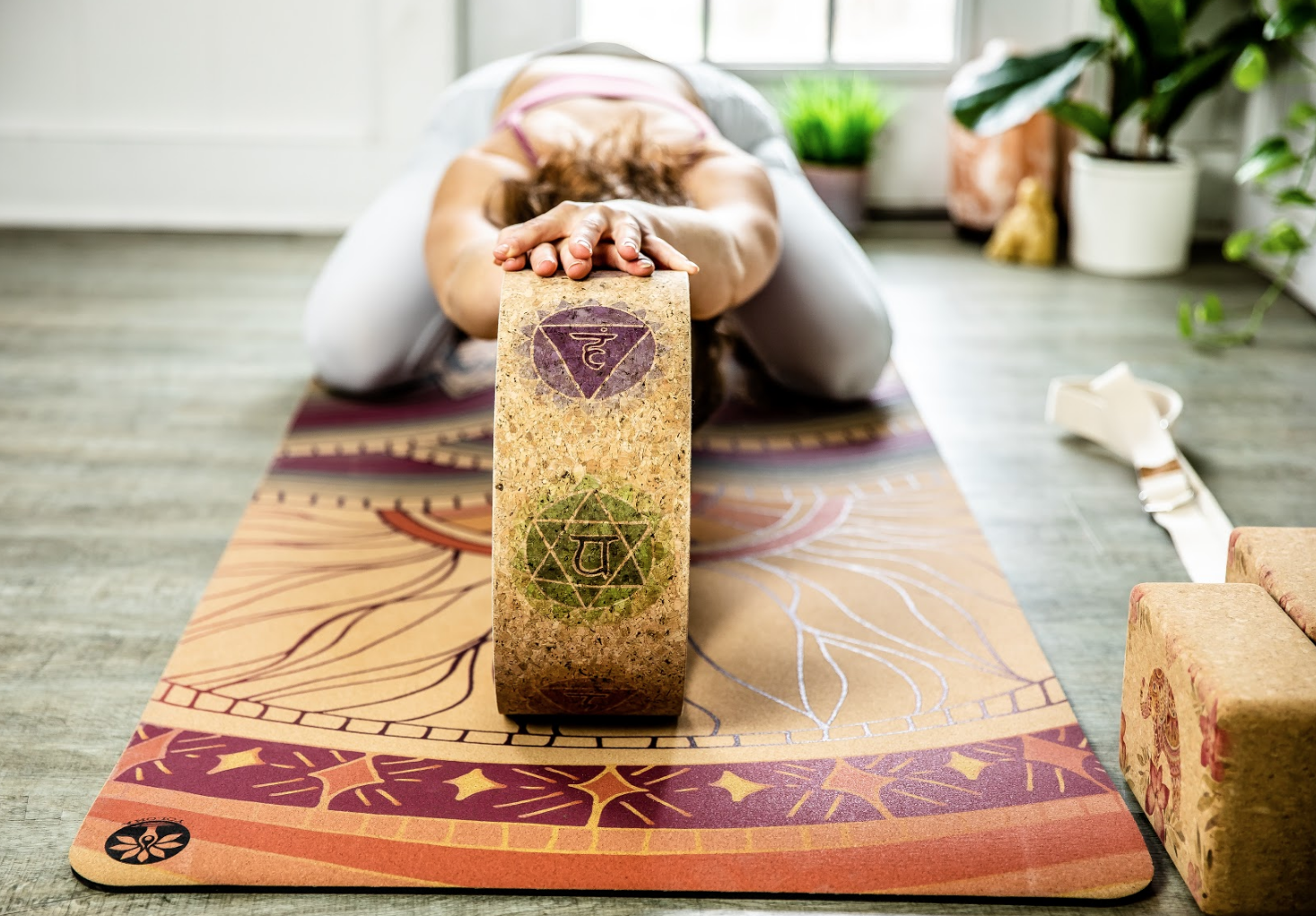
And yoga instructor / Elephant Editor, Robert Busch:
“I was never a fan of yoga mats. But I am also a yoga teacher. Sounds weird, right?
When practicing at home, I usually do not use a mat. When teaching yoga, I usually move around and demonstrate poses off the mat.
Why is that?
Most yoga mats smell like plastic or rubber tire in my opinion. Many of them are slightly overpriced, but not more comfortable than a regular floor. I never understood the advantages of having a fancy mat.
Earlier this year, I said to myself, ‘Oh boy. They asked me to write a review on a yoga mat.’
And then I received my Yoloha mat. After my first practice on it, all my worries were gone. I love this mat.
I like the touch, smell, and grip of it. Wow!
The cork offers a good grip for folks like me who tend to have sweaty hands. Not to forget the absence of rubber tire or plastic that makes belly-down postures even more enjoyable.
Most importantly, this is the perfect mat for any yogi who has a furry friend. My dog probably spent more time on this mat than I did because she sleeps on it all day long. I was pleasantly surprised how easy it is to remove all the hair from the mat.
The Yoloha mat doesn’t only meet my personal needs when it comes to grip, touch, and smell; it also perfectly fits the demands of my furry friend. And isn’t that what really matters at the end of the day?” ~ Robert Busch, Ele-Editor
No matter how often or what type of yoga you practice, it’s undeniable that when the mat underneath you is better for the world around you, you’ll feel a deeper sense of calm, connection, and healing.
There isn’t just a spectrum of visual diversity to their mats—Yoloha offers five different mat styles to support you in your unique practice. There’s a grip, texture, and support variation for every type of yoga practice. Not sure which one is best for you? Try your top two choices out with their Try Before you Buy Program.
 Share on bsky
Share on bsky
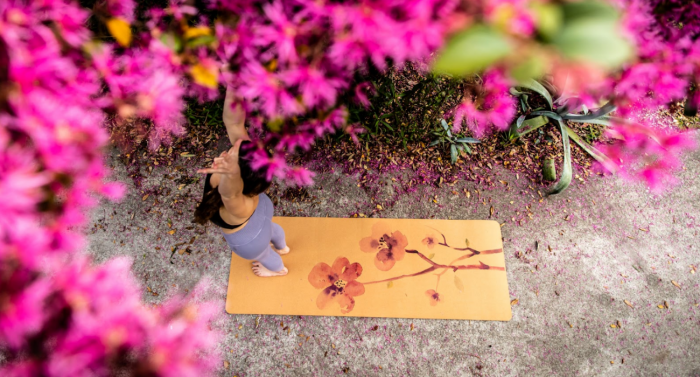

Read 1 comment and reply